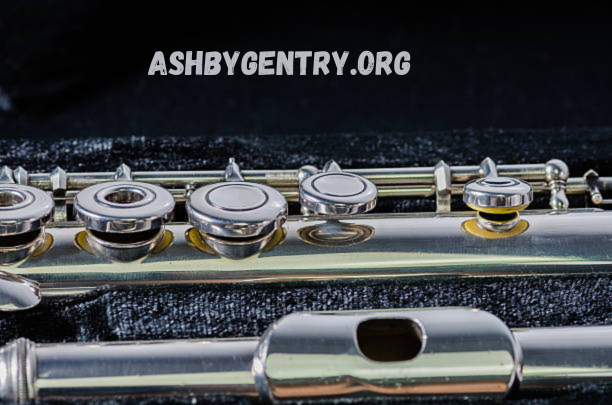Introduction to the Bass Clarinet
The bass clarinet is a fascinating woodwind instrument with a rich, deep, and resonant tone. Often overshadowed by its smaller sibling, the clarinet, the bass clarinet plays a vital role in orchestras, bands, and solo performances. Its versatility and unique sound make it a favorite among musicians and composers worldwide.
Whether you’re an aspiring musician or a seasoned professional, understanding the bass clarinet’s history, features, and applications can enhance your appreciation and mastery of this exceptional instrument.
The History of the Bass Clarinet
The bass clarinet traces its origins to the early 18th century, evolving alongside the clarinet. The first versions of the bass clarinet were rudimentary and lacked the sophistication of modern models. Over time, renowned instrument makers like Adolphe Sax contributed to its design, giving it its current shape and improved range.
Today, the bass clarinet is a staple in classical compositions, jazz ensembles, and contemporary music, showcasing its adaptability across genres.
Anatomy of the Bass Clarinet
Key Components
The bass clarinet consists of several key parts that contribute to its unique sound:
- Mouthpiece and Reed: Similar to the standard clarinet, the bass clarinet uses a larger reed for its deep tone.
- Body: Made from grenadilla wood or synthetic materials, the body houses the tone holes and keys.
- Bell: The curved bell amplifies the instrument’s lower frequencies, giving it a warm and rich sound.
Variations in Design
Bass clarinets are available in two primary types:
- Low E-flat Models: Common in schools and beginner ensembles.
- Low C Models: Preferred by professional musicians for their extended range.
Playing Techniques for the Bass Clarinet
Embouchure and Breathing
Developing a proper embouchure is essential for producing a clear and consistent sound. The relaxed placement of the lips around the mouthpiece and controlled breathing allow for better tone production.
Fingering and Articulation
The bass clarinet‘s keywork is similar to the soprano clarinet, but the larger size requires more precise finger placement. Articulation, including staccato and legato, plays a crucial role in achieving musical expression.
Range and Dynamics
The bassclarinet has an extensive range, from deep, resonant low notes to expressive high notes. Mastering dynamics enhances the instrument’s versatility in various musical settings.
Applications of the Bass Clarinet
Classical Music
The bassclarinet features prominently in orchestral compositions, adding depth and texture to the ensemble. Composers like Mahler and Wagner often utilized its unique sound.
Jazz and Contemporary Music
In jazz, the bass clarinet’s rich tone offers a fresh perspective. Artists like Eric Dolphy and Bennie Maupin have popularized its use in this genre.
Solo Performances
As a solo instrument, the bassclarinet shines with its ability to convey emotion and technical brilliance. Its repertoire includes both classical and modern works.
Maintenance and Care
Cleaning and Storage
Regular cleaning of the mouthpiece, reed, and body prevents buildup and ensures optimal performance. Storing the instrument in a protective case safeguards it from damage.
Reed and Pad Replacement
Replacing worn reeds and pads is essential for maintaining sound quality and preventing leaks.
Professional Servicing
Periodic check-ups by a professional technician help keep the bassclarinet in excellent condition.
Tips for Choosing a Bass Clarinet
Consider Your Skill Level
Beginner players may opt for student models with simpler keywork, while advanced musicians benefit from professional-grade instruments.
Material and Craftsmanship
Grenadilla wood offers superior tonal qualities, while synthetic models are durable and resistant to environmental changes.
Test Before You Buy
Playing the instrument before purchasing ensures it meets your comfort and tonal preferences.
Conclusion
The bass clarinet is a remarkable instrument that offers a rich sonic palette and endless opportunities for musical exploration. From its historical roots to its modern applications, the bassclarinet continues to inspire musicians across genres. Whether you’re drawn to its deep tones or its versatility, mastering the bass clarinet is a rewarding journey.
FAQs
What is the difference between a clarinet and a bas clarinet?
The bas clarinet is larger, has a deeper tone, and includes additional keys for extended range compared to the standard clarinet.
How difficult is it to learn the bassclarinet?
While it shares similarities with the soprano clarinet, the bassclarinet requires practice to master its larger size and unique tonal characteristics.
What genres of music feature the bassclarinet?
The bas clarinet is used in classical, jazz, and contemporary music, as well as in film scores and experimental compositions.
How do I maintain my bassclarinet?
Regular cleaning, proper storage, and periodic servicing by a professional technician are key to maintaining the instrument.
Can beginners play the bassclarinet?
Yes, many manufacturers produce beginner-friendly models designed for ease of play and affordability.

